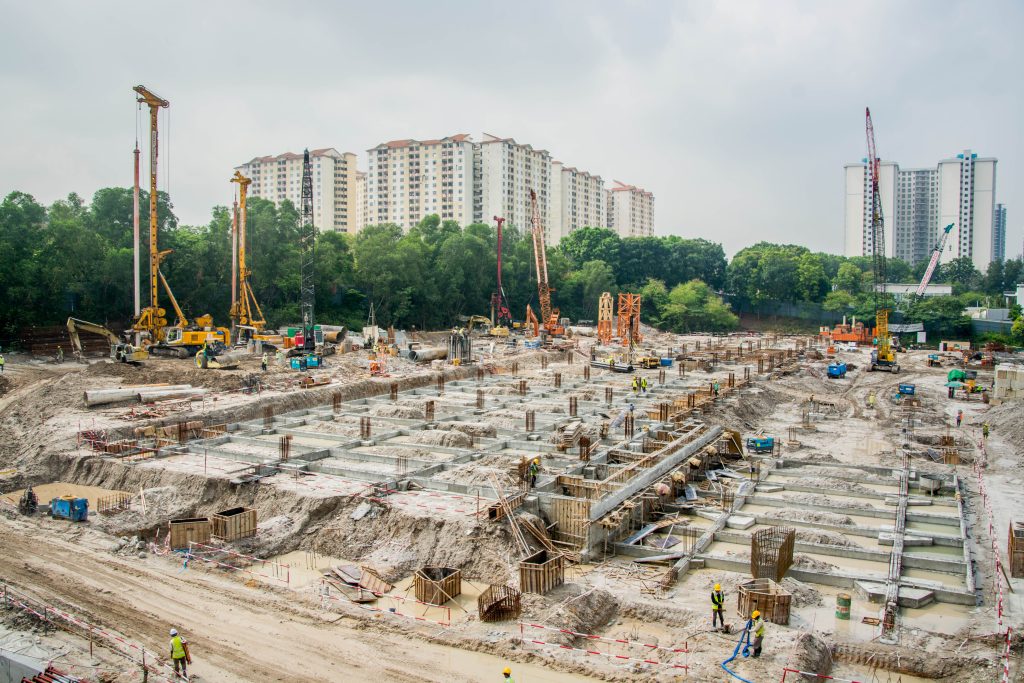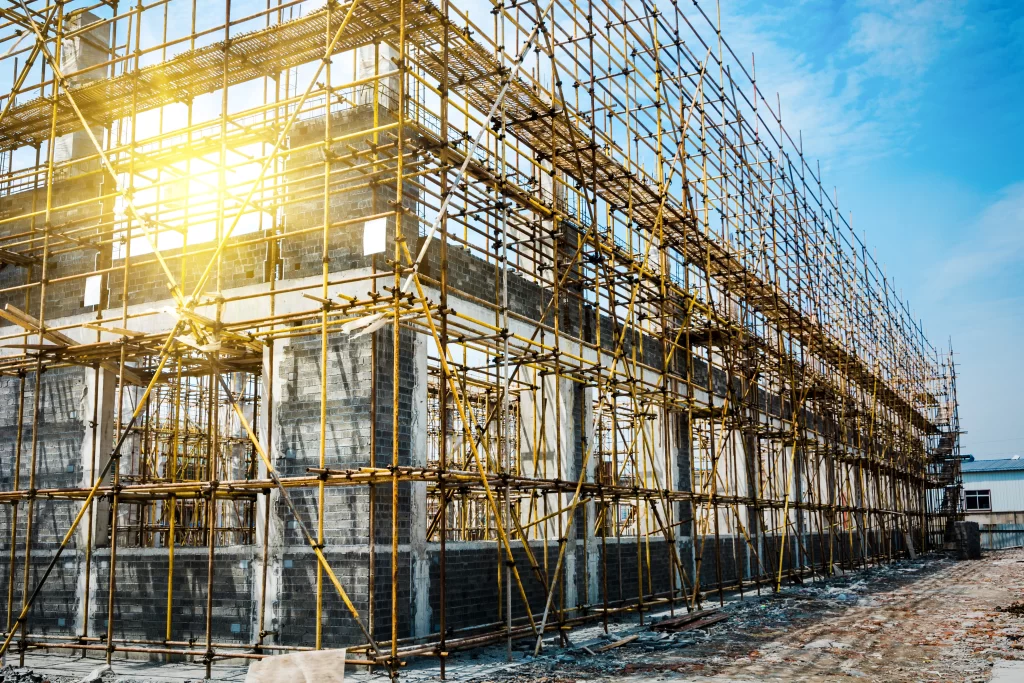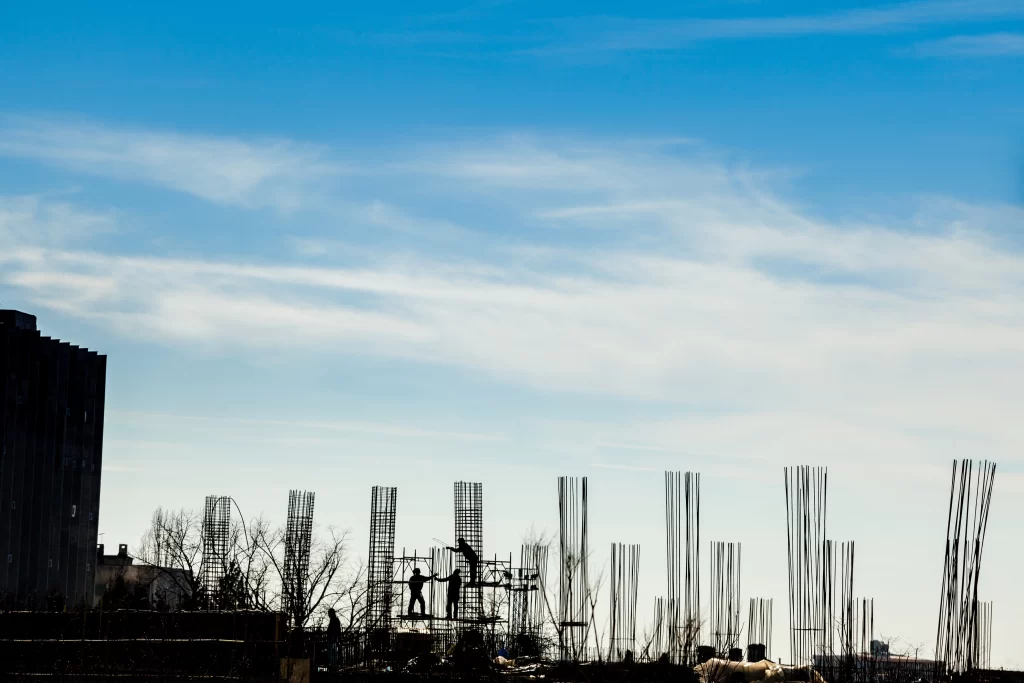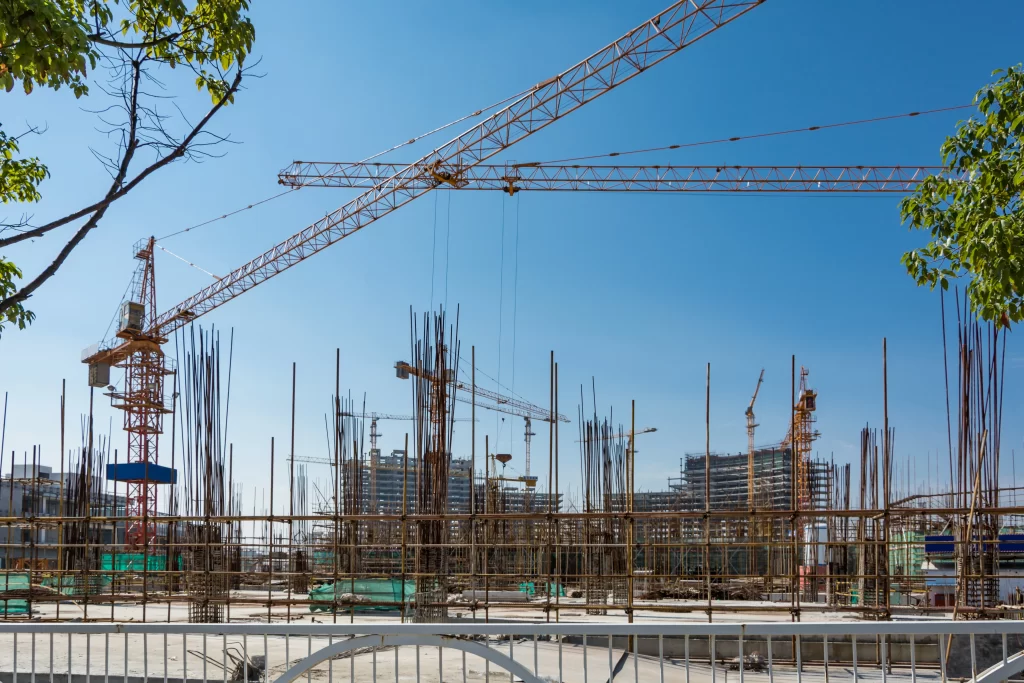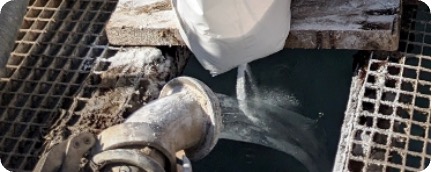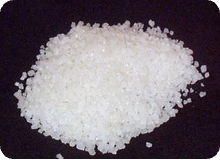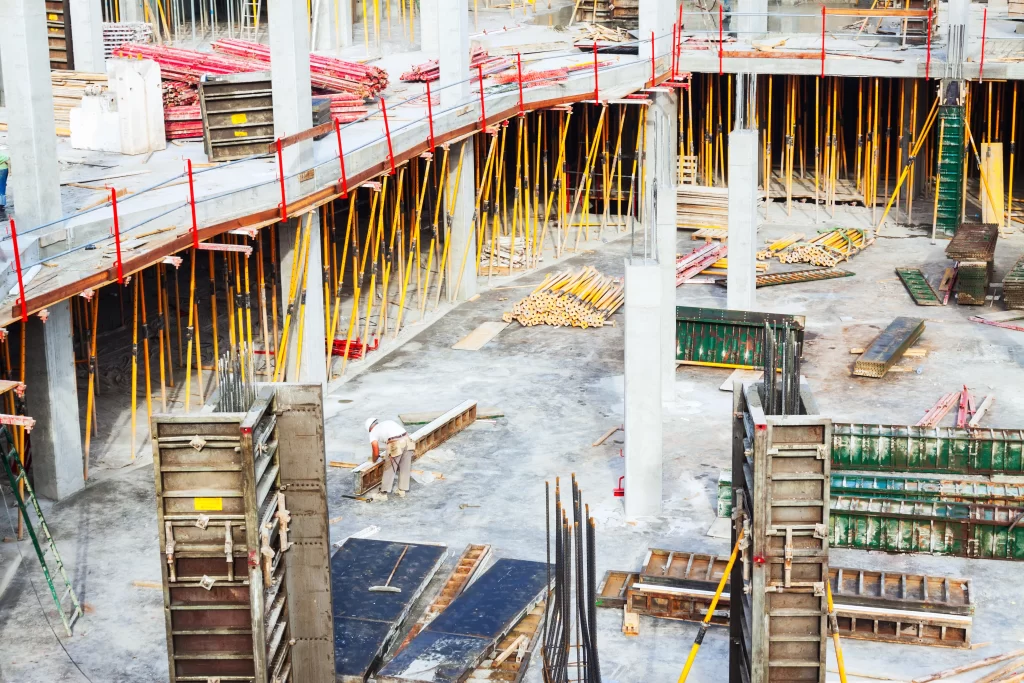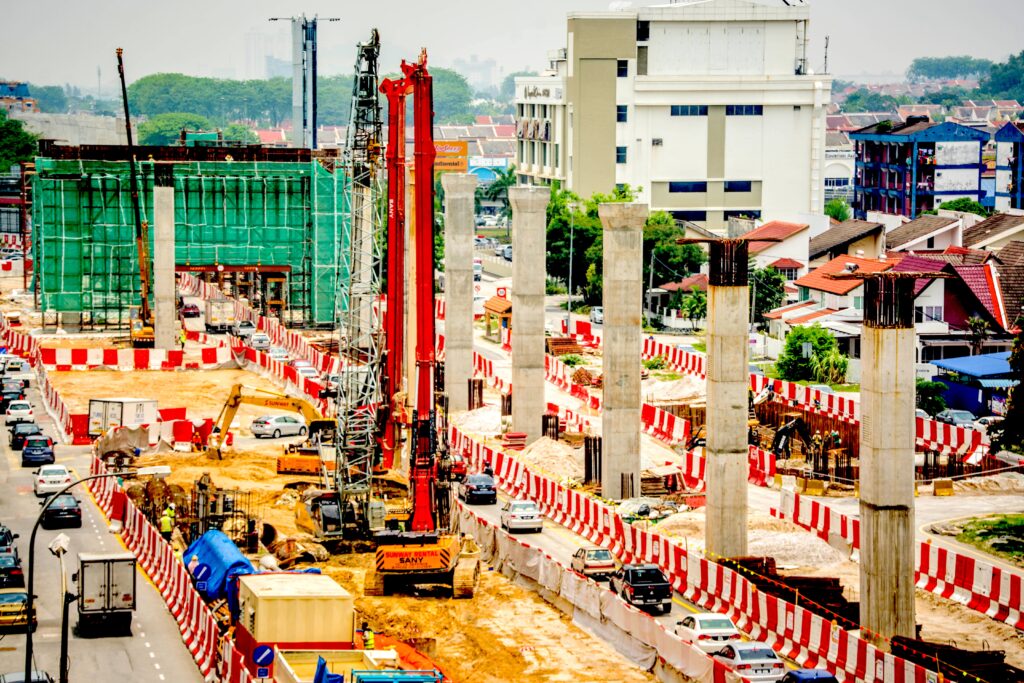The foundation piles are for two individual wind turbines, each having 12 piles. Turbine 3 was composed by Ø1180mm, drilled to 29m depth and Turbine 4 by Ø1000mm, reaching 20m. All bored piles were excavated using GEO’s G3 System, for soil stabilization.
The Polymud soil stabilization fluid was selected for this particular project for its advantages in terms of versatility, with minimum requirements for equipment and treatment, and simplicity of management in a reduced capacity batching plant – making mobilization between sites much easier. GEO collaborated very closely with Van-Elle, from the preparation of the operations and throughout the project. Our engineer worked side-by-side with the client team onsite providing daily basis support.
Challenges
Having two locations, more than 500m apart, implies differentiated hydrogeological conditions of the alluvium soil. The provided solution must be versatile for various scenarios and reliable under artesian water. Water ingress to the pile was observed in both locations but it was more expressive in turbine 4, where the slurry level rose 0.6-1.0m above ground level during overnight periods.
Compact and minimized size of the slurry batching plant, to ease mobilization and demobilization, having top volume capacity identical to Ø1180mm pile needed slurry volume. Slurry volume management was essential to avoid product wastage.
Project located in rural area, with close proximity with agricultural fields where soil contamination must be avoided.



Solution
Having a small/compact slurry batching plant, required an optimized management of the fluid volume making possible the completion of piles with a volume requirement higher than the existing plant storage capacity, without wasting products, assuring production cycles and the stabilization of the excavation successfully. Piles were left completely excavated during the weekend (3 days) with settlement <20cm.
This project was executed using Polymud slurry, having the pH adjustment done with Sodium Hydroxide. Slurry mixing and hydration was fast, being the fluid immediately available.
In this particular site, the additive Microbond was also applied, more specifically, in turbine 3. Its usage was essential to reduce the amount of fine soil particles in suspension, controlling fluid’s density. Slurry maintained its quality, remaining clean throughout the various cycles, being used for the complete project scope, with minimal redosing.
All excavated soil had minimum traces of slurry and could easily be stocked on site, in agricultural fields.
Key Figures
Scope:
A total of 24 piles were executed: 12 piles for Turbine 3, having Ø1180mm and reaching 29m depth; 12 piles for Turbine 4, having Ø1000mm and reaching 20m. On T4, one of the piles had to be redrilled with Ø1180mm, to recover a broken bottom bucket lid.
Achievements:
Soil Stabilization effectively achieved, allowing temporary casing length reduction, at Turbine 3. Excavated piles left open during 3 days with minimal settlement.
Effective counterbalance of artesian water ingress to pile at Turbine 4, with minimal dilution and achieving clean pile toe without need for time consuming processes.
The final cost for slurry products was under the initial estimation.
Soil Conditions:
Top soil layer of brown sandy Clay (alluvium), with sandy intercalations and disperse gravel, up to 8m deep; followed by grey sandy gravelly Clay with intercalations of Mudstone, from 8 to 15m, then a week Mudstone Clay, from 15 to 21m. At Turbine 4 location, there was a differentiated layer of clayey, sandy Gravel, from 6 to 9.5m depth, within the Clay, where the artesian water was encountered. Here the Sand layer was found at 21m while at turbine 3 the Clay/Mustone was reaching 24m, followed by Sandstone, from 24 to 27.5m, topping the Sands.


